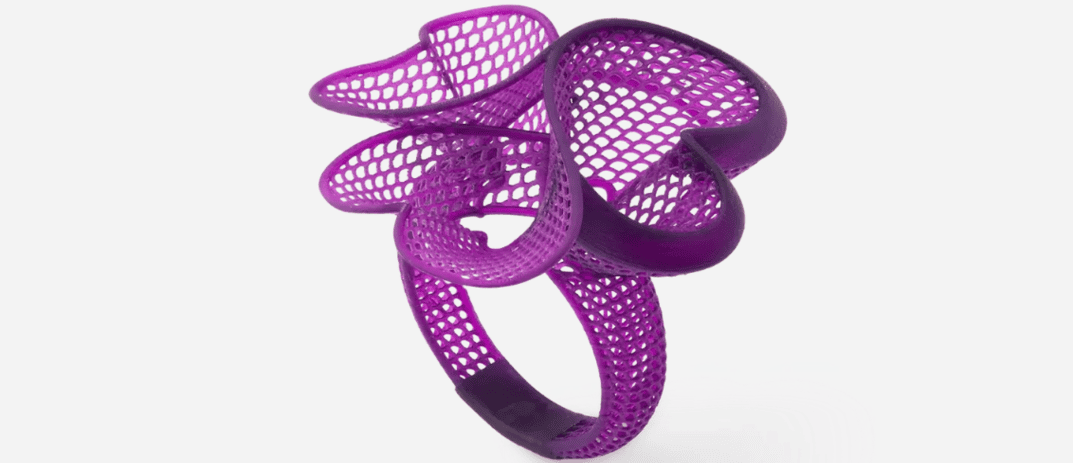3D Printing Service
Turn your ideas into reality at every stage of development with 3D printing. Whether you’re prototyping, producing functional parts, or creating intricate models, we offer a wide range of 3D printing services and materials to suit your project’s unique needs.















































